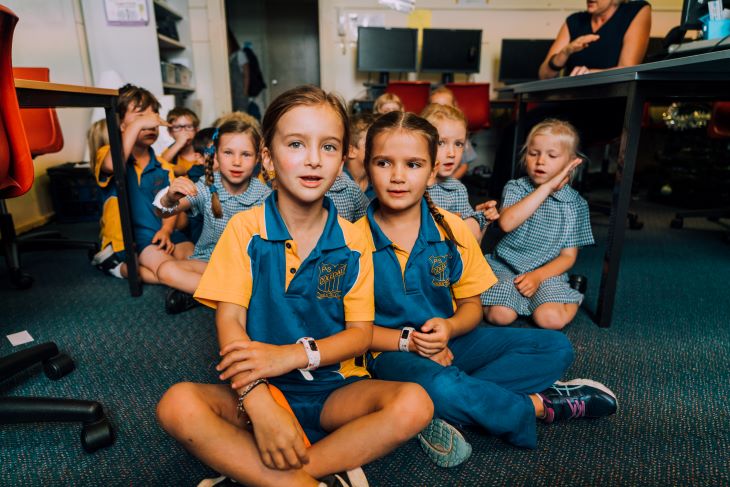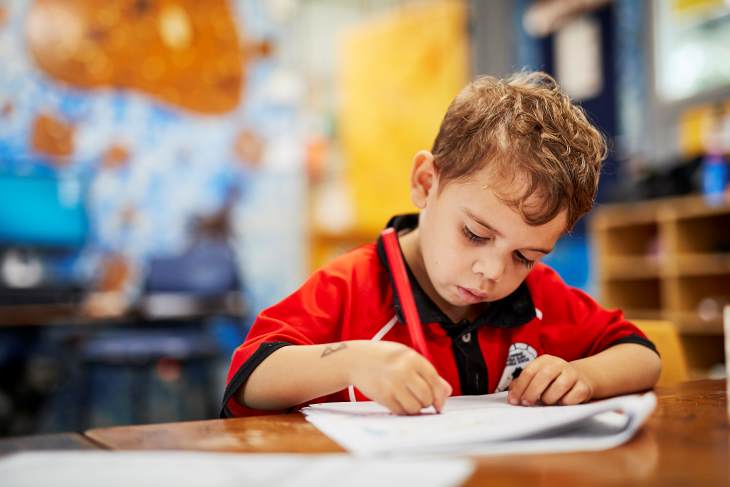Fine and gross motor skills
Use inclusive teaching and learning strategies to support students with fine and gross motor skills.
About fine and gross motor skills
‘Motor skills’ describes the ability to control and coordinate movements. This can include fine motor control (e.g. small movements of the fingers and hands) and gross motor control (for example, large and coordinated movements of the trunk, arms, and legs).
Some students with disability have challenges with learning and mastering new motor skills. For example, students with cerebral palsy or acquired brain injury (for example, following a stroke) might find it challenging to control and coordinate the parts of their bodies which perform fine and gross motor tasks.
Individual adjustments might need to be made to help support students who experience fine and gross motor challenges to learn new motor skills.



School Excellence Framework alignment
Wellbeing, Effective classroom practice
Australian Professional Standards for Teachers alignment
Standard 1: Know students and how they learn
Audience
Primary teachers
Purpose
This resource includes a range of strategies for teachers to support students in their fine and gross motor skill development. Including: Evidence-based practice, best practice tips and other considerations.
Reviewed
November 2021. Share your feedback here